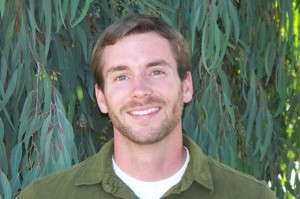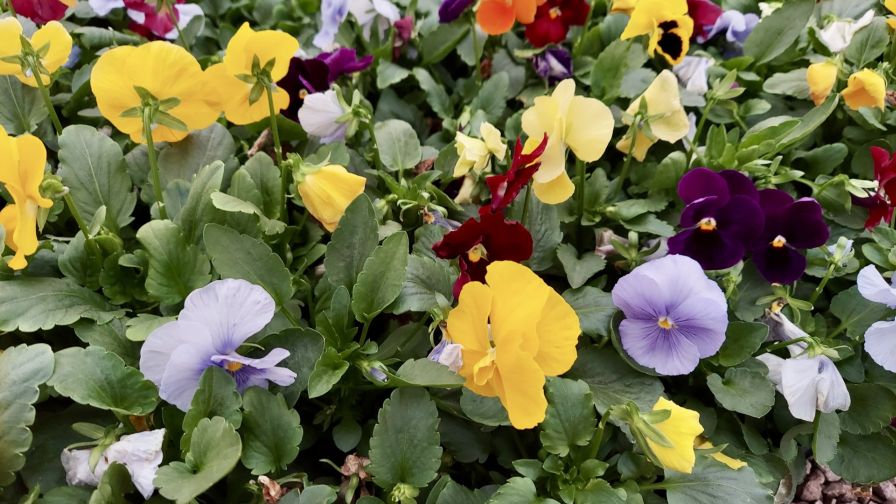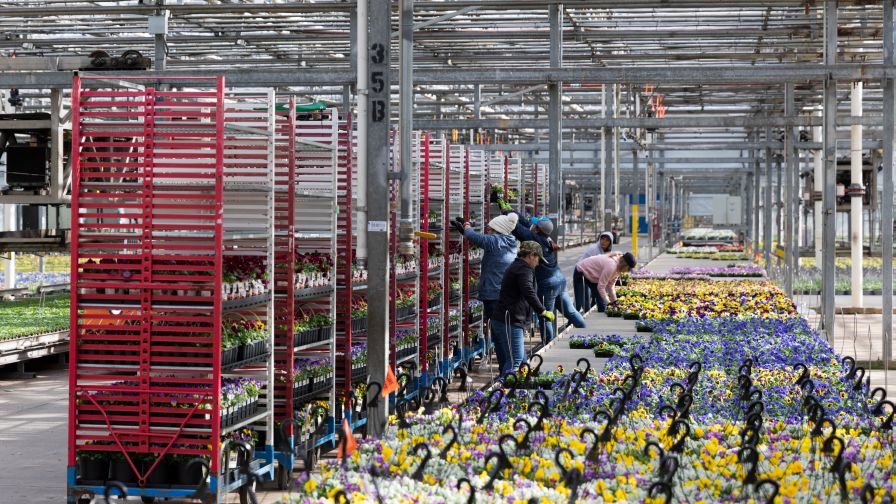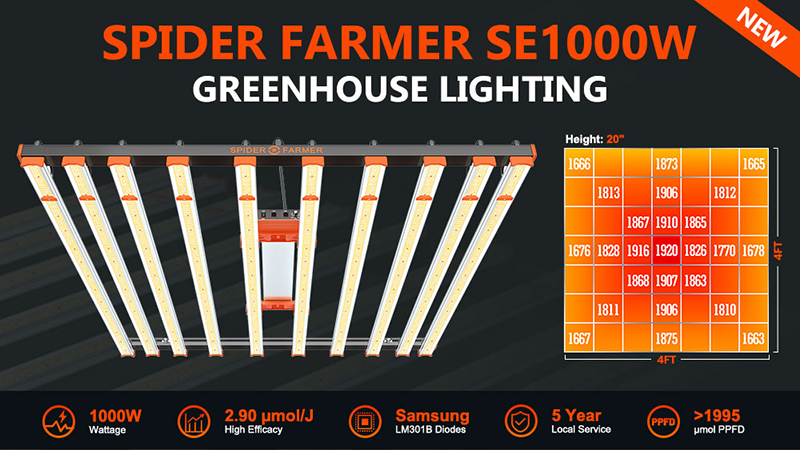Plant Breeder Jason Jandrew: Multifunctional Plants Are The Future

Jason Jandrew
Plant Breeder
Ball Horticultural Co.
Jason Jandrew is a plant breeder for PanAmerican Seed Co. and Ball FloraPlant, producing various seed and vegetatively propagated annuals and perennials.
Jandrew has been a breeder for 11 years. He holds a B.S. in horticulture from Penn State and an M.S. in horticulture from the University of Florida.
GG: As a young breeder, what direction is your breeding career taking? What other crop areas are you interested in?
Jandrew: The move to fewer but larger growers has had a big impact on breeding goals. The quality and uniformity standards of germination and production have always been important. However, as operations become larger and more automated, the need for uniformity and consistency in the product you are breeding becomes paramount in many ways to your other breeding goals. It’s an interesting concept to take this living organism and breed it so that it works in this vast production machine with minimal direct human input.
GG: What crops do you feel will be relevant and important over the next 30 years?
Jandrew: As much as I wish that people would surround their homes with flowerbeds for the next 30 years, I think we can already see now that this is a changing trend. Over the next 30 years, people will continue to have less and less outdoor space and free time for gardening. Pot crops and cut flowers will become even more interesting as people try to remain connected to disappearing green space outside their homes by bringing more of nature inside, especially in many developing nations with high population densities.
GG: Will the fervor for all new varieties continue in the industry? Will breeders begin to focus on filling consumers’ needs?
Jandrew: Yes, I think “new” is always interesting to people in many industries … cell phones, cars, food, fashion, etc. Why should flowers be any different? If people stop wanting new varieties, I’m out of a job.
I think breeders are already working on filling consumers’ needs and they will continue to do so even more in the future. As breeders we breed for many types of consumers, from production, to growers to retailers to the final end user. All of these links in the chain have different needs that must be considered when breeding for a product to be successful.
New varieties also need to be more than just “pretty.” To distinguish yourself in a crowded market, you need to take a cue from cell phones: keep adding features! It’s not about having another red petunia, it’s what else can that red petunia bring to the table: is it drought tolerant, bud-worm and botrytis resistant, does it smell better or grow faster? For the end consumer, with less space and time for gardening, multifunctional plants will steal the spotlight. It’s got to look good and be edible, smell nice, purify the air, repel pests, need less care, etc.
GG: How will breeders address needs to reduce chemicals by increasing crop resistance to pests and diseases? How far away is this technology?
Jandrew: I think there is a lot more traditional breeding still to be done for pest and disease resistance in ornamentals. With a few exceptions, we tend to focus on relatively simply inherited 1 or 2 gene traits for ornamental crops. Going forward, we need to look past the lower-hanging fruit (of which there is less and less all the time) and reach a little further for more of the challenging, higher-investment, long-term goals.
GG: How did you come to this industry and specialty?
Jandrew: I think just as some people are born with a natural gift for art or music or mechanical aptitude, others are born with a predilection for plants. Even as a child, I had pet houseplants and gardens around the house wherever I could work the soil. I’ve just always been naturally drawn to horticulture. I’m also the type of person who always needs a creative outlet, so plant breeding, specifically flowers, was the perfect marriage of plants and creativity for me.
GG: What is one outlandish prediction you have for floriculture in the next 30 years?
Jandrew: In the next 30 years, I hope to finally get that flying car we’ve all been promised for decades now. In flowers, who knows? Glow-in-the-dark landscapes that are equally as compelling in the evening as they are in the day? I hope we haven’t even begun to consider yet what is possible 30 years from now.










